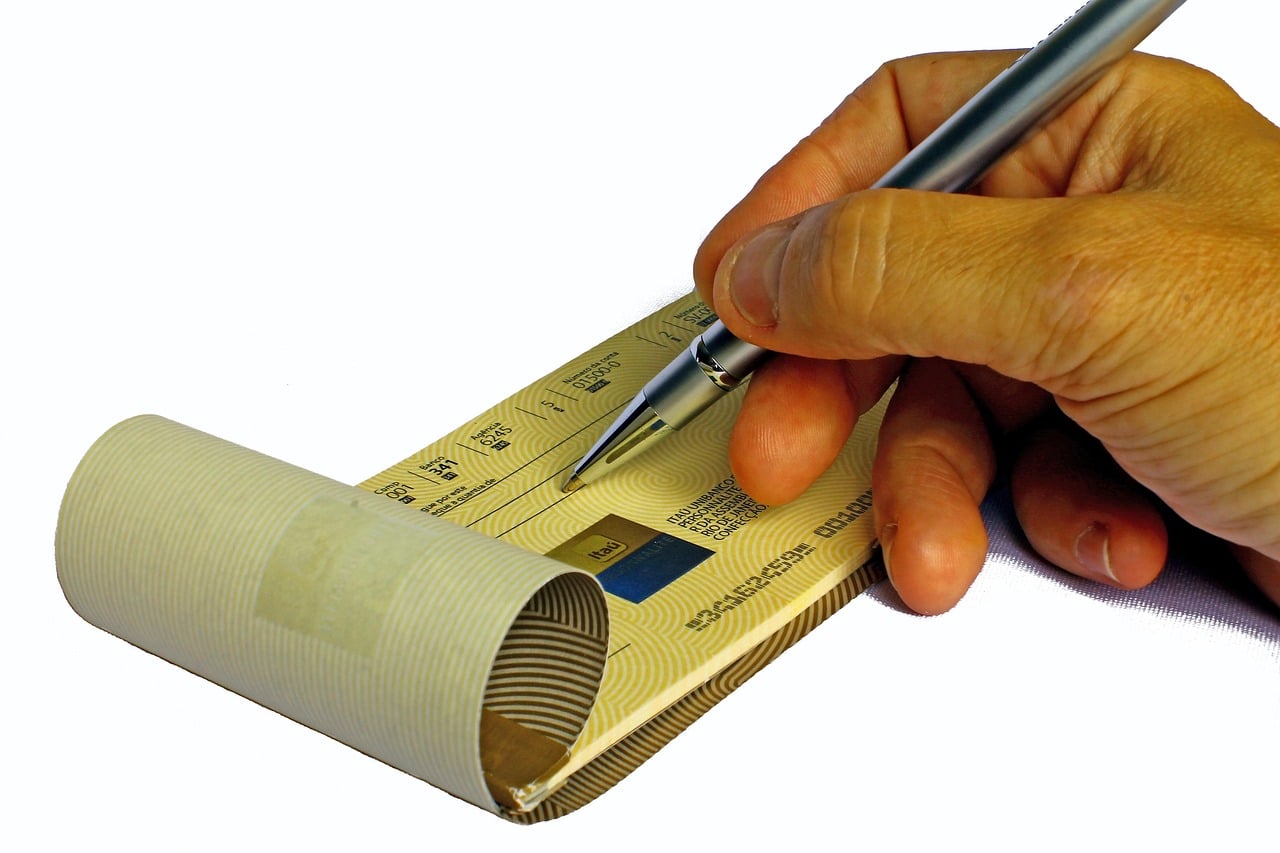Nearly every business’s store or website checkout section will accept credit cards as a payment method. Credit card payments are so ubiquitous that, as of 2022, around 82% of all U.S. citizens above 18 have a credit card[1]. To sustain customer satisfaction and ensure more sales for your business, you’ll need to work with a credit card payment processor.
In this article, we at Payment Nerds discuss the essentials of credit card processing. We’ll explain what it is and how it fits within the larger category of merchant processing. We’ll also discuss the main components of credit card processing and how they work within a typical transaction.
Once you understand the basics of credit card processing, you’ll be one step closer to knowing which credit card payment processor to choose and how to minimize processing fees. Let’s get started.
What is Credit Card Processing?
Credit card processing is essentially the process of electronic payment using credit and debit cards, which has also expanded into mobile wallets via smartphone apps like Apple Pay and Google Pay.
Though it has become almost standard among businesses big and small today, credit card processing should be recognized as a part of how you produce a more seamless customer experience.
On the surface, credit card payments can seem simple. You swipe, tap, and insert your chip into a card reader, and Voila — your card is accepted or declined within a few seconds.
But underneath it all is a complicated system that involves multiple parties and transactions. If completed properly, this system will result in you receiving payment for your product or service and your customer completing their purchase[2].
To provide more detail on the credit card processing system, here’s a quick breakdown of the different parties involved:
Key Figures in Credit Card Processing
- The Cardholder – Everything starts with the cardholder or the customer who uses their credit or debit card to make a purchase[3].
- The Merchant – The business or service provider that sells their goods or services to the customer and accepts electronic payments in the form of credit or debit cards[4].
- The Acquiring Bank – Also called a ‘merchant bank,’ these are usually financial institutions that process card transactions for merchants and may also hold a business’s account where funds earned from these transactions are saved until they are sent to the business’s official accounts[4].
- The Issuing Bank – The financial institution that issued the customer/cardholder their debit or credit card and who manages their accounts[3].
- The Card Networks – These provide the underlying infrastructure for transactions and are mainly run by the four major networks: Visa, Mastercard, American Express, and Discover[5].
- The Payment Processor – These entities are often service providers that offer businesses payment processing solutions, handling the backend of transactions on their behalf. They may also provide additional goods and services, like financial software tools and customer support. A processor is also sometimes called a “payment gateway”[4].
Examples of Companies That Process Credit Card Transactions
To give you a better idea of how the idea of who’s involved in credit card processing, here are some of the major companies that provide credit card processing services to merchants like you and your business[6]:
- Payment Nerds
- Paypal
- Payment Depot
- Clover
- Square
- Helcim
- Merchant One
- Stax
These companies are also known as “merchant processing” businesses. They provide processing services and payment solutions, including cloud software and point-of-sale systems, for various businesses and industries.
To get a stronger idea of which ones work better according to the type of business you have, check out our article on merchant processing companies.
How Processing Credit Card Payments Work
As we stated before, credit card processing is a more complex procedure than it appears to be. Below, we briefly go through the steps that occur from the first moment a customer makes a purchase using their card to the last second their transaction is settled.
Credit Card Transaction Is Made
The first step in credit card processing is for a customer to make a payment to a business or service provider using their debit or credit card. This happens at the point of sale in a brick-and-mortar store or on the business’s eCommerce website or shopping app.
Authorization Request Is Sent
Once the transaction between the customer and the business is made, the payment processor (or merchant services provider) secures the customer’s payment details and sends them to the acquiring bank. To ensure the security of this sensitive data, the processor encrypts all transaction data. When the acquiring bank receives it, the bank sends the transaction data to the correct card network and requests authorization.
Transaction Authorization Is Determined
The card network receives the transaction data and sends it to the issuing bank, verifying whether the customer making the purchase has an account with them. They will also check the customer’s balance or credit limit to see if they have the funds available to pay for the purchase.
Authorization Response Is Returned
Once it verifies the customer’s account, the issuing bank returns an authorization response to the card network. Depending on the customer’s account status, this could either be an approval or a decline. This part of the process also ensures that there are no fraudulent transactions.
After receiving the response, the card network forwards it to the acquiring bank, which sends it to the payment processor. The processor will send it to the business’s point of sale, indicating whether the customer’s card has been accepted or declined.
Transaction Is Completed
If the transaction was approved by the issuing bank, it is approved and completed. The business then provides the customer with the desired goods or services, along with their receipt, and both parties move on with their day[2].
Transactions Are Settled
At the end of the day or after a specified period, the business sends its approved transactions to the acquiring bank for processing. The acquiring bank requests funds for these transactions from the issuing bank of every customer who makes a purchase with the business.
The issuing banks send the funds to the acquiring bank, which then deposits the money into the business’s account. They will also take their cut, covering the credit card processing fees.
Conclusion
Credit card processing is crucial for today’s businesses. It ensures companies can process electronic payments, allowing them to provide customers with fast and easy payment methods and creating more seamless customer experiences.
While a credit or debit card payment takes only a few seconds, the process of requesting and verifying a transaction is much more complex than it seems. It involves various central figures, including several financial institutions that process millions of daily transactions. Understanding credit card processing will help you select the right networks and payment processors to work with as you build and optimize your business operations.
To make it even easier, consider working with Payment Nerds. We are a merchant services provider that offers transparent pricing, secure transaction processing, 24/7 customer support, and fraud prevention services. Learn how our payment solutions can elevate your business today!
Sources
[1] Forbes. “Credit Card Statistics and Trends 2024.” Accessed October 25, 2024.
[2] U.S. Chamber of Commerce. “A Guide to Understanding Credit Card Processing.” Accessed October 25, 2024.
[3] U.S. News. “What is Credit Card Processing?” Accessed October 25, 2024.
[4] UC Santa Barbara. “Credit Card Merchant Terminology.” Accessed October 25, 2024.
[5] Investopedia. “Credit Card Networks: What They Are and How They Work.” Accessed October 25, 2024.
[6] Business News Daily. “Best Credit Card Processing Companies of 2024.” Accessed October 25, 2024.











